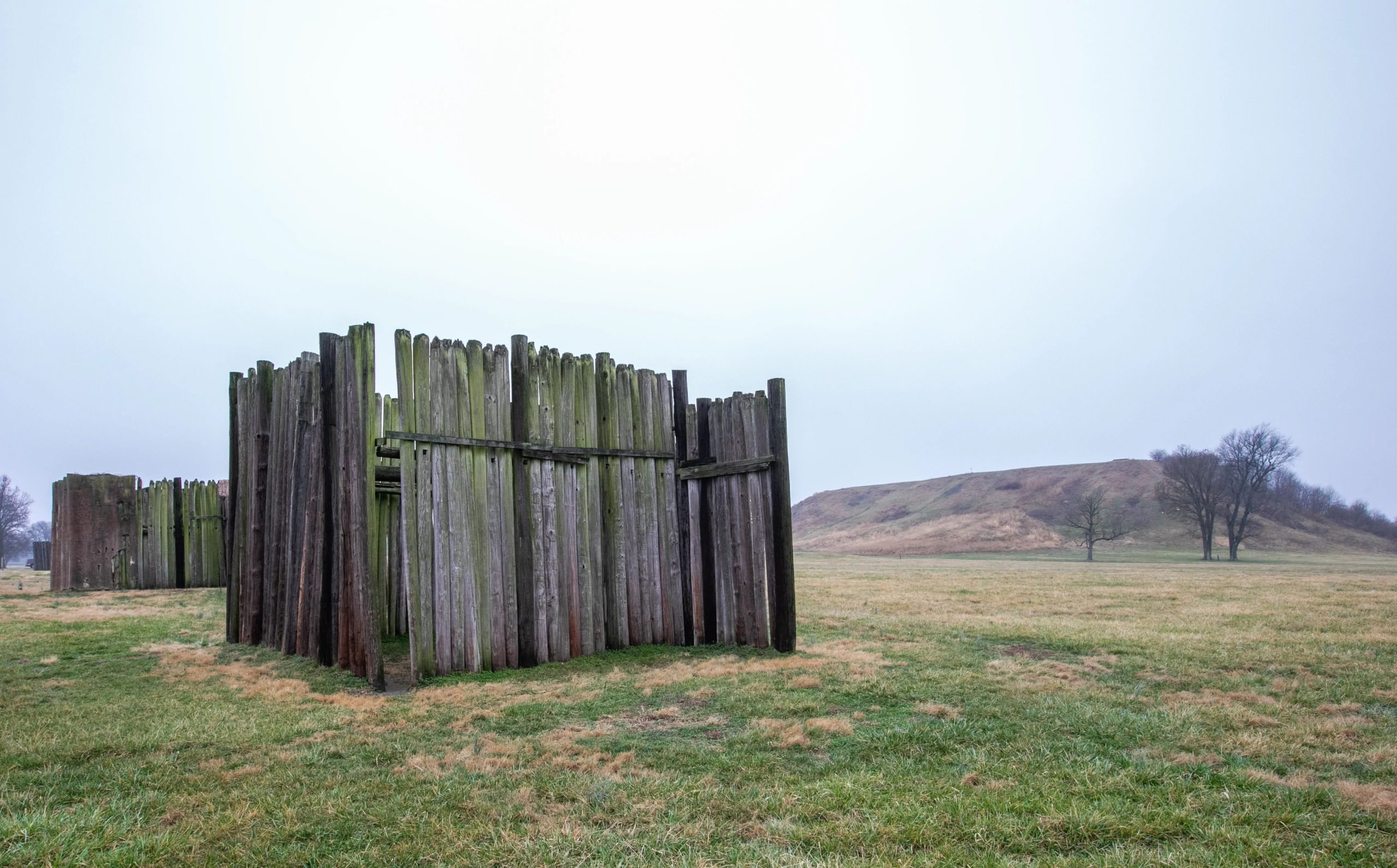By
The remains of the most sophisticated prehistoric native civilization north of Mexico are preserved at Cahokia Mounds State Historic Site in Illinois. Archaeologist Natalie Mueller’s new study casts doubt on a popular theory about why the ancient city was abandoned. Credit: Joe Angeles / Washington University
The Cahokia Mounds, once a thriving settlement near present-day St. Louis, was abandoned by 1400, leaving behind a mystery. Recent research challenges the long-held belief of drought-induced crop failure as the cause. Instead, evidence suggests the Cahokians may have had the skills to mitigate such environmental challenges, and their departure was likely influenced by social factors and external pressures.
Nine hundred years ago, the Cahokia Mounds settlement, located just across the Mississippi River from what is now St. Louis, was a thriving metropolitan area with a population of around 50,000. It was one of the largest communities in the world at the time. However, by 1400, this once-bustling site had become nearly deserted, and the reasons for the mass departure remain a mystery.
One popular theory is that the Cahokia residents abandoned the settlement after a massive crop failure brought on by a prolonged drought. But a new study in the journal The Holocene by Natalie Mueller, assistant professor of archaeology in Arts & Sciences at Washington University in St. Louis, and Caitlin Rankin, PhD ’20, suggests the Cahokians likely had other reasons to leave town.
Rankin dug deep into the soil at the historic Cahokia site to collect isotopes of carbon, atoms left behind by the plants growing when the human population collapsed and drought was common across the Midwest.
Insights From Plant Isotopes
All plants use one of two types of carbon, Carbon 12 and Carbon 13, for DOI: 10.1177/09596836241254488




















Discussion about this post